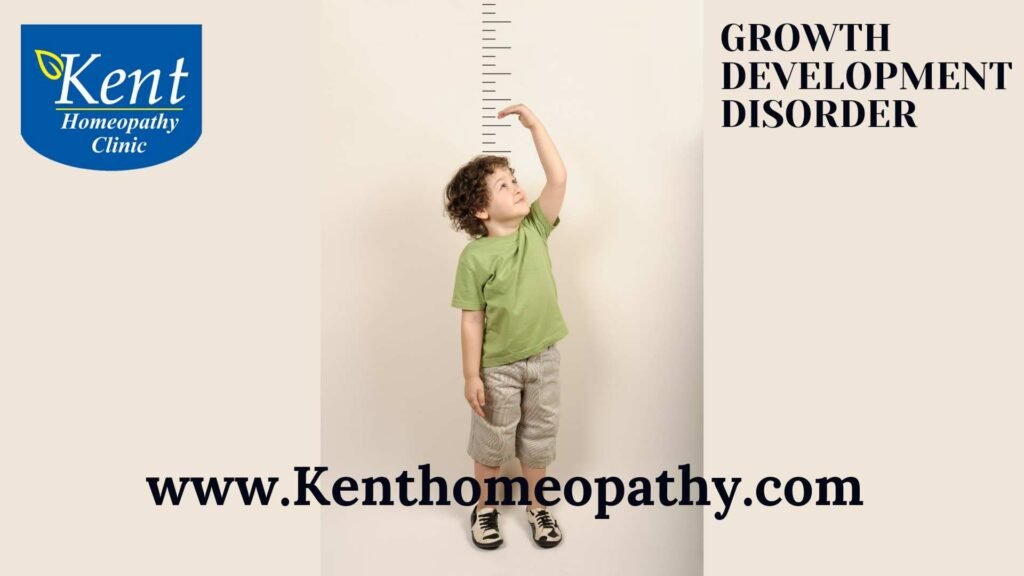Growth development disorders

Growth and development disorders encompass a range of conditions that affect a person’s physical growth and overall development. These disorders can manifest in childhood or later in life and may be influenced by genetic, environmental, or medical factors. Understanding the symptoms, causes, and types of growth and development disorders is crucial for diagnosis and appropriate management.
Symptoms:
Symptoms of growth and development disorders can vary widely depending on the specific disorder and its underlying causes. Common signs may include:
- Delayed Milestones: Delays in achieving developmental milestones, such as sitting up, crawling, walking, or speaking, may be indicative of a growth and development disorder.
- Short Stature: A child significantly shorter than peers of the same age may be experiencing a growth disorder.
- Cognitive Delays: Learning difficulties, intellectual disabilities, or challenges in academic performance may be associated with certain growth and development disorders.
- Facial Abnormalities: Some genetic disorders can cause distinctive facial features that indicate an underlying growth disorder.
- Delayed Puberty: In adolescents, delayed onset of puberty or slow progression through puberty stages may signal a growth disorder.
Causes:
- Genetic Factors: Many growth and development disorders have a genetic basis, resulting from mutations or abnormalities in genes that regulate growth.
- Chromosomal Abnormalities: Disorders such as Down syndrome, Turner syndrome, or Prader-Willi syndrome involve abnormalities in the number or structure of chromosomes.
- Hormonal Imbalances: Disorders affecting the endocrine system, such as growth hormone deficiency or thyroid disorders, can impact growth and development.
- Nutritional Deficiencies: Inadequate nutrition, including deficiencies in essential vitamins and minerals, can hinder proper growth.
- Chronic Illnesses: Certain chronic medical conditions, such as kidney disease or congenital heart defects, may affect growth and development.
- Environmental Factors: Exposure to toxins, infections, or other environmental factors during pregnancy or early childhood can contribute to growth and development disorders.
Types:
- Growth Hormone Deficiency: Insufficient production of growth hormone can lead to short stature and delayed development.
- Turner Syndrome: A chromosomal disorder affecting females, characterized by short stature and absence or underdevelopment of the ovaries.
- Prader-Willi Syndrome: A genetic disorder associated with intellectual disabilities, obesity, and growth hormone deficiency.
- Down Syndrome: Caused by an extra chromosome 21, Down syndrome is characterized by intellectual disabilities, distinct facial features, and potential growth delays.
- Russell-Silver Syndrome: A rare genetic disorder resulting in intrauterine and postnatal growth restriction, often with a proportionally small stature.
- Constitutional Growth Delay: A temporary delay in growth and development that usually corrects itself, often observed in children who catch up in height during adolescence.
Early intervention and a multidisciplinary approach involving healthcare professionals, educators, and support services are crucial for managing growth and development disorders effectively. Regular medical monitoring and individualized treatment plans can help optimize outcomes for individuals with these conditions.
Contact to know more
Contact
Timings
Monday to Saturday:
11:00 AM to 02:30 PM
06:30 PM to 09:00 PM
